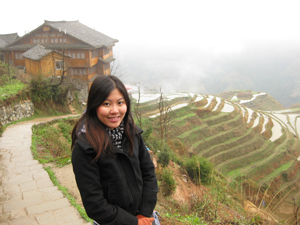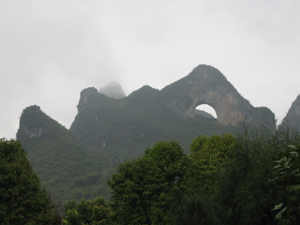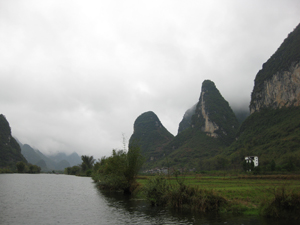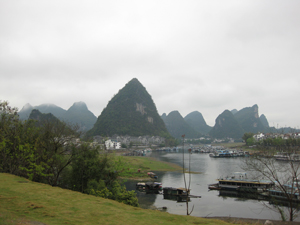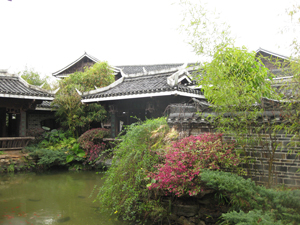It has been a while since I’ve written. It has been a while since anything happened, since I packed my bag and left for home, and then I had to unpack my luggage, with all my possessions I had with me, from my mismatched pair of chopsticks to my trusty hoodie to my pile of random travel trinkets, and then…I had to take all the pieces of my heart and put them back in again. The pieces of my heart that I left in every corner, every street of every city and place I’ve been. To say the least, stepping out alone is a daunting experience. I am more than grateful for my exchange buddy Joey who came to pick me up on my first day when I arrived in Hong Kong. I wasn’t exactly petrified, but I was a little nervous as I didn’t know the way around or how things are done. Watching her bring me to my hall made everything less scary as I made them out to be in my head. I was late for orientation, so I didn’t meet the other exchange students from my same country. And as orientation came to an end, my six months began unfolding quicker than the rollercoaster’s whiz from the very top.
Settling down. Making myself at home was never easy. The bed was too hard, the closet too small…there wasn’t a proper place for me to set my belongings down. I wasn’t used to staying in a dorm since I commute back home. My roommate Jennifer is a godsent lifesaver, she let me borrow her spare duvet and her LAN cable to connect to the Internet. She’s easily one of the sweetest things that happened to me. A roommate from heaven, not easy to find, eh? As for the weather, it was freezing! Okay, not freezing, just really much too cold to do anything at all. I am a tropical girl, and I need my sunshine. The first few weeks was a battle against the unknown, the cold, the unfamiliar. The process to overcome was actually really refreshing and fun, since studying abroad is all about new experiences and challenges.
Stepping out of comfort zone. I admit, making friends isn’t as easy as “Hello, my name is…”. Well, it would if they forced us to wear those ugly nametags but we aren’t in kindergarten anymore. Since I’m Asian in an Asian city, I didn’t look like an obvious candidate as an exchange student. Naturally, nobody came up to me to say hello, since it was the second semester, and even the shyest freshman should have at least one friend by now, and from what I’ve seen, people generally tend to make friends with other exchange students quicker than the locals, just because we’re all strangers, outsiders. I had to say hello first, which wasn’t too difficult — I’m not particularly shy, and I made some friends by the end of first week.
Learning my way around. The minibus was a complete enigma. How to pay the fare. The fact that it can only fit 16 people, nothing more. Having to yell “”Mm goy, yao lok!” (Cantonese for “Please, I want to alight!”) so the bus will stop for you. A nightmare for the uninitiated, but something I had to get over. By the time I left, I was so completely confident and unabashed by my crummy Cantonese that I relish every chance I get to yell at the driver.
Oh, the food! If you think Hong Kong is about dim sum, dim sum and more dim sum, you are WRONG. Tell me, how do the local people get by by eating dim sum everyday? Of course they don’t. They eat “Chinese food”, or what the Westerners like to call it. Chow mein and company, but not exactly the takeaway sort seen on American TV, and I haven’t seen a single “fortune cookie” in HK either. They have flavoured congee (aka porridge, a diluted version of rice), embellished with fried onion or century eggs or slices of chicken or duck meat, they have wanton (aka dumplings, not promiscuous) noodles, they have claypot rice, they have char siew or roasted pork, and of course, they have your standard array of Cantonese or Southern chinese dishes you can eat with rice. When all else fails, you can always head down to the little pockets of Thai or Western establishments for familiar food, or to Chungking Mansions for South Asian/Indian food, or SoHo for anything exotic (Nepalese/Mexican/Turkish/Thai) or European (Italian, French, German). And before you board your flight home, eat some egg tart and pineapple bun, please! It might just be the very thing you’ll miss!
Now, these things are only the beginning to the pains of packing my heart after heading for home.

















